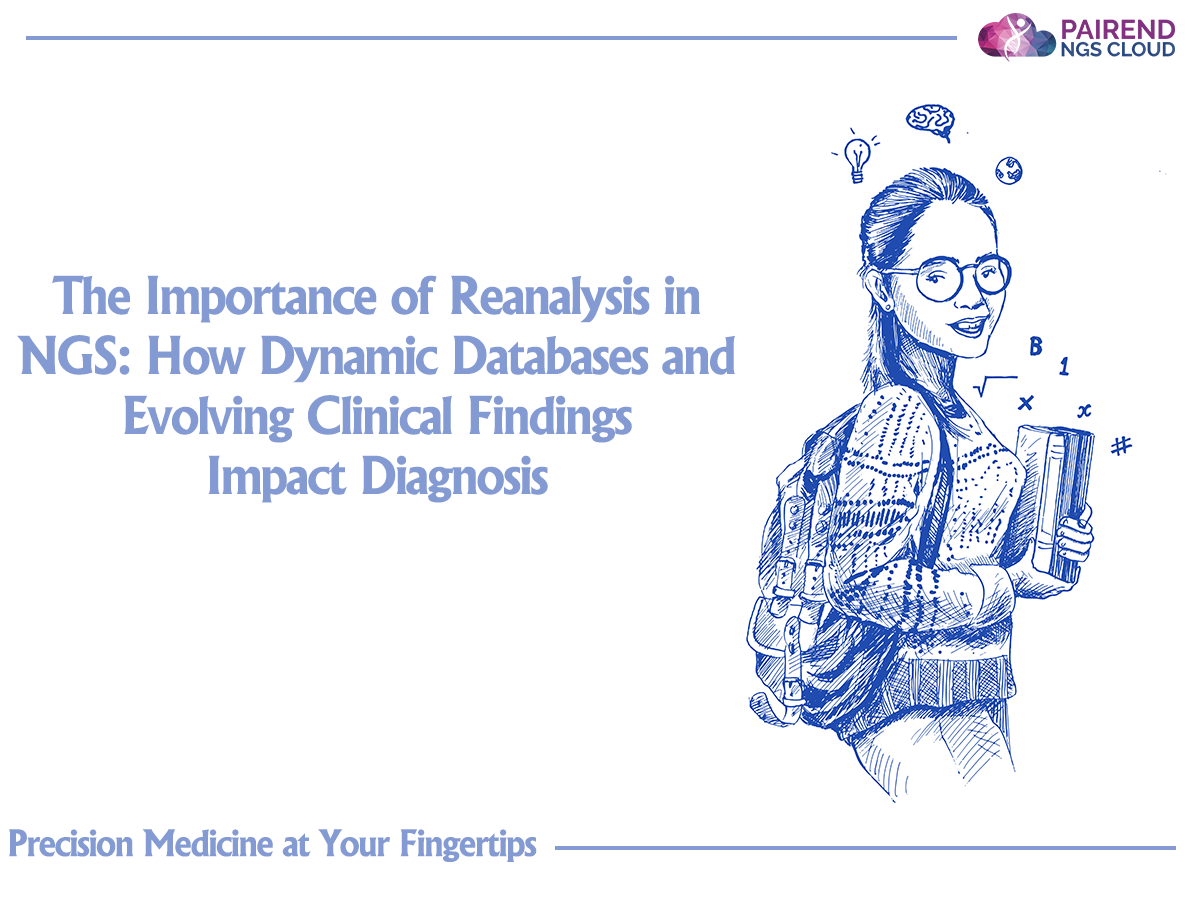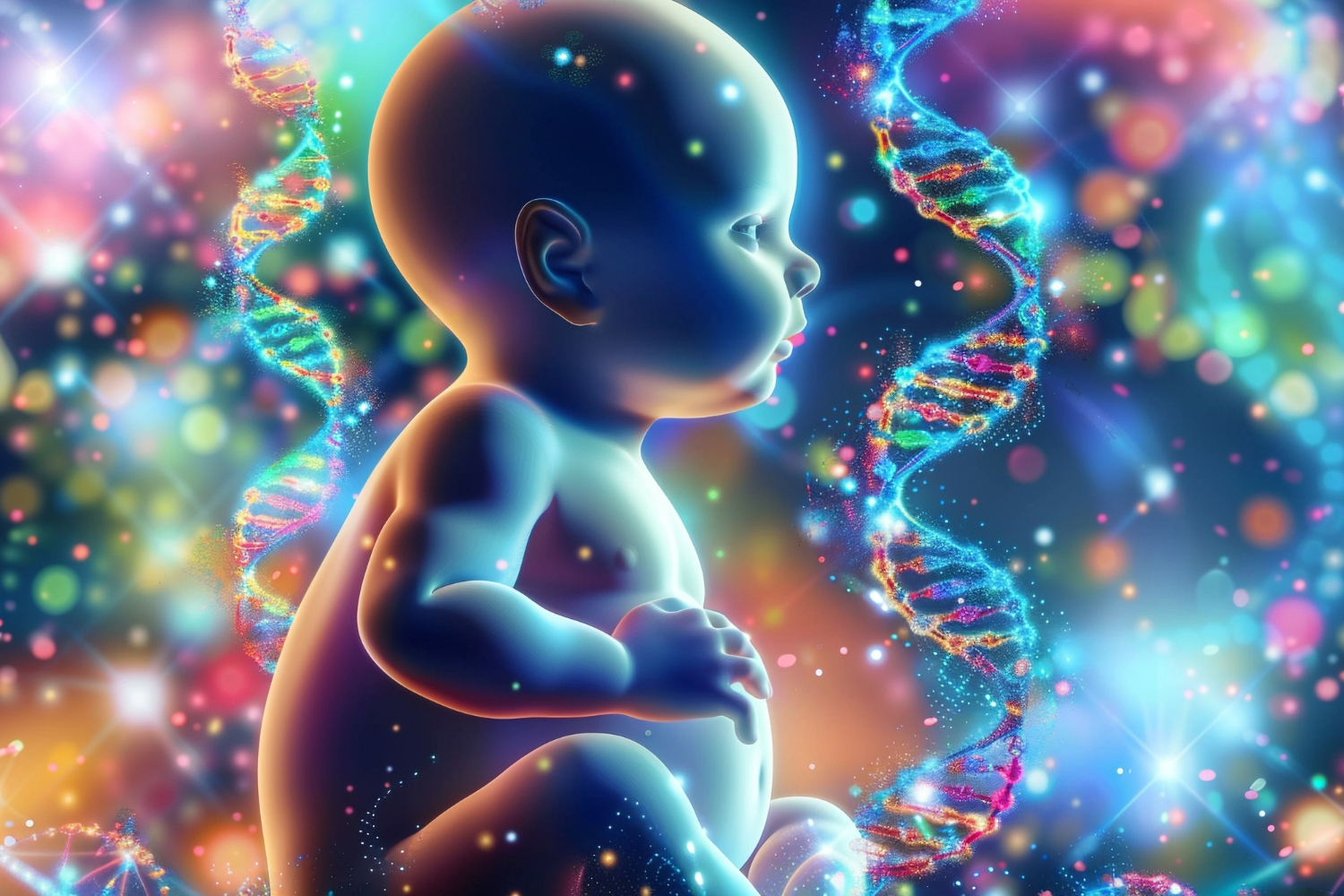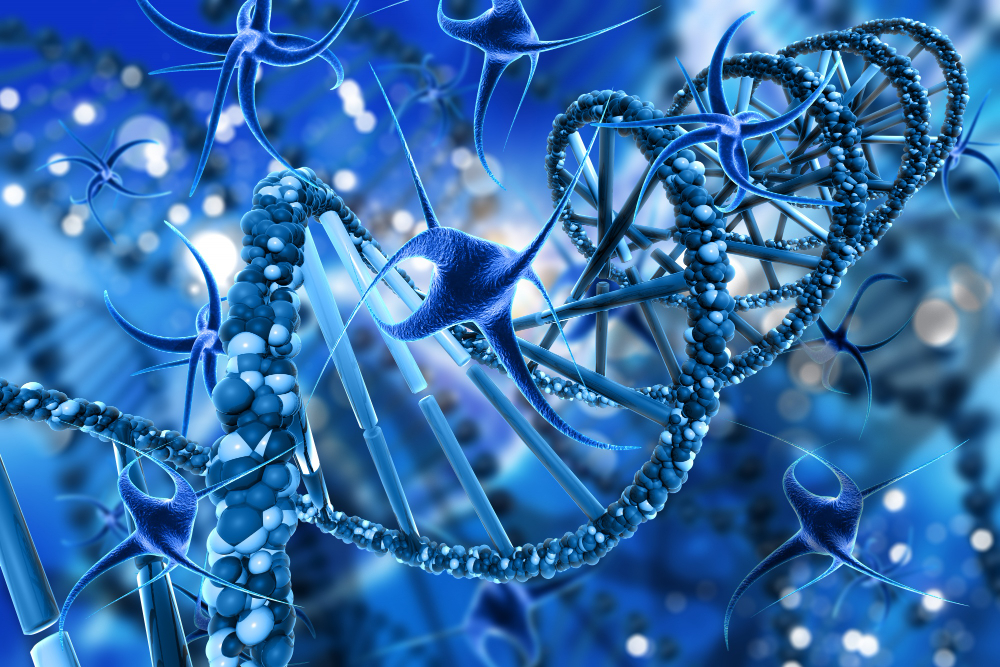
Dynamic Databases & Evolving Findings in Diagnosis
Next Generation Sequencing (NGS) technologies have revolutionized the diagnosis of genetic diseases, but it is now well understood that these analyses are not static. Over time, reanalysis—reevaluating a patient’s data in light of newly available information—has become increasingly essential. One of the key reasons is the ongoing update of databases that provide knowledge about genetic variants. Reanalysis can directly affect the diagnostic process and even lead to a new diagnosis.
Why Is Reanalysis Necessary?
In many cases, NGS analyses do not initially yield a definitive diagnosis. This is often not due to technical limitations, but rather due to the lack of knowledge about certain genetic variants. Over time, however, previously unclassified variants can be reinterpreted as new scientific data and database updates emerge.
The Role of Updated Databases
1. ACMG Guidelines and Variant Classification
The American College of Medical Genetics and Genomics (ACMG) regularly updates its criteria for variant classification. A variant initially reported as a Variant of Uncertain Significance (VUS) may later be reclassified as pathogenic or benign as more data becomes available.
2. OMIM: Updated Gene-Disease Relationships
The Online Mendelian Inheritance in Man (OMIM) database contains information on genes associated with genetic disorders. When new gene-disease associations are identified, variants previously considered irrelevant can gain clinical significance.
3. ClinVar: Crowdsourced Variant Interpretations
ClinVar is an open-access database where researchers and laboratories share clinical interpretations of genetic variants. As this platform is updated continuously, rare variants accumulate more data, making reinterpretation of earlier cases possible.
4. HGMD, gnomAD, and Other Databases
HGMD (Human Gene Mutation Database): Frequently updated with newly discovered disease-causing mutations.
gnomAD: Provides population frequency data essential for variant interpretation.
Platforms like NGS Cloud offer integrated resources that support comprehensive variant evaluation.
How Do Clinical Findings Evolve Over Time?
The clinical impact of a variant can become clearer as a patient ages or develops new symptoms. Children who undergo NGS but receive no diagnosis may require reevaluation years later as their phenotype becomes more defined. This is particularly true in cases where initial results included variants of unknown significance or lacked evidence of disease association.
How Often Should Reanalysis Be Performed?
According to the literature and expert consensus, undiagnosed NGS results should be reanalyzed every 12 to 18 months. During this period, thousands of new entries are made in databases, and hundreds of novel disease genes are identified—each of which may change the interpretation of a patient’s data.
Clinical Impact of Reanalysis
- Increased Diagnostic Yield: Studies show that reanalysis can improve diagnostic rates by 10–20%.
- Changed Treatment Options: In some cases, reanalysis leads to new diagnoses that may affect clinical management and therapy.
- Improved Family Counseling: New findings enable more accurate assessments of carrier status and recurrence risk in family members.
- Research Contributions: Reanalysis helps identify rare disease candidates and supports data for novel gene discovery.
Technical and Clinical Requirements for Reanalysis
- Data Storage: Raw data (FASTQ, BAM, VCF) must be archived and accessible.
- Reannotation Pipelines: Updated tools like ANNOVAR, VEP, or InterVar should be used for variant reannotation.
- Phenotypic Update: Patient information should be re-evaluated using updated HPO (Human Phenotype Ontology) terms to reflect any new clinical findings.
Reanalysis as a Dynamic Component of Genetic Diagnosis
NGS is no longer a one-time test; instead, it represents an evolving process that adapts as scientific understanding and databases expand. Reanalysis is a critical tool for translating these changes into clinical practice. Therefore, laboratories and clinicians should establish structured reanalysis workflows and proactively inform patients about the potential benefits of future re-evaluation.



